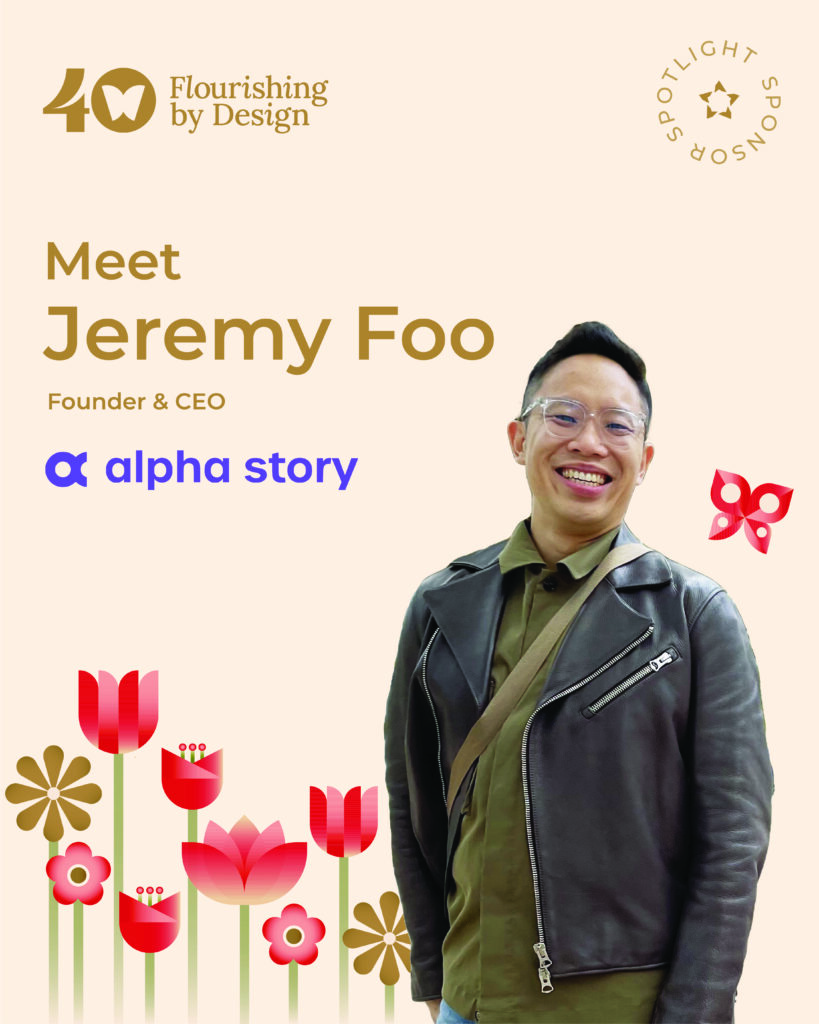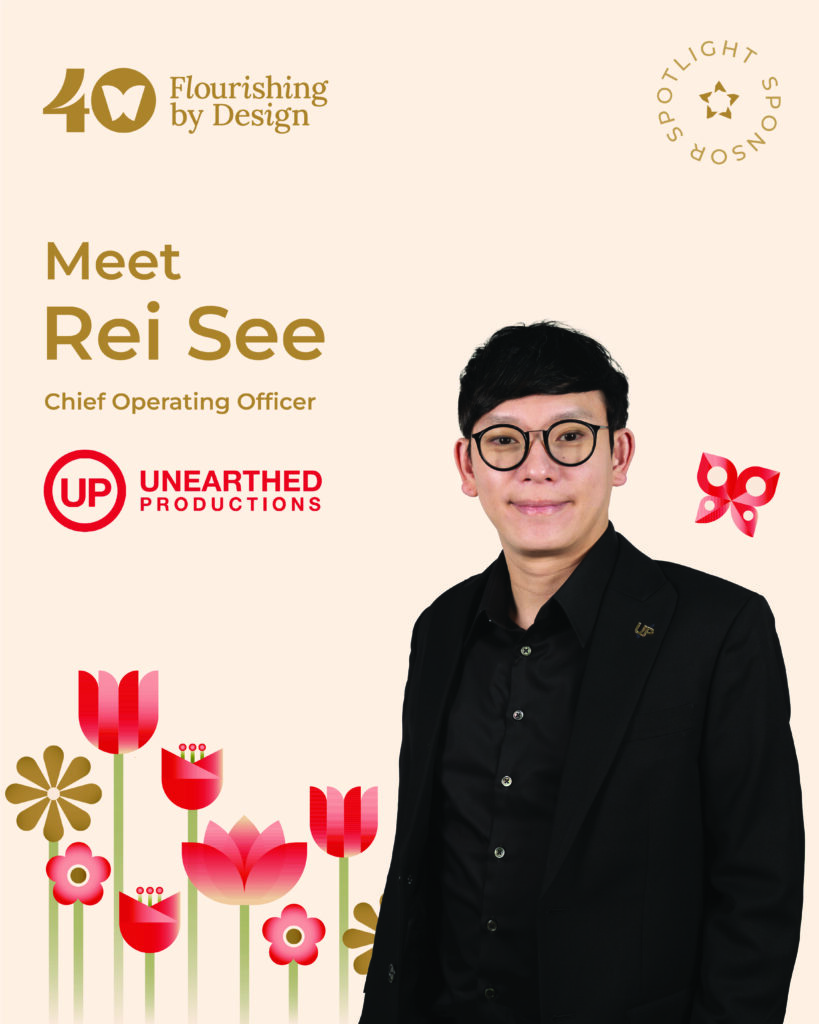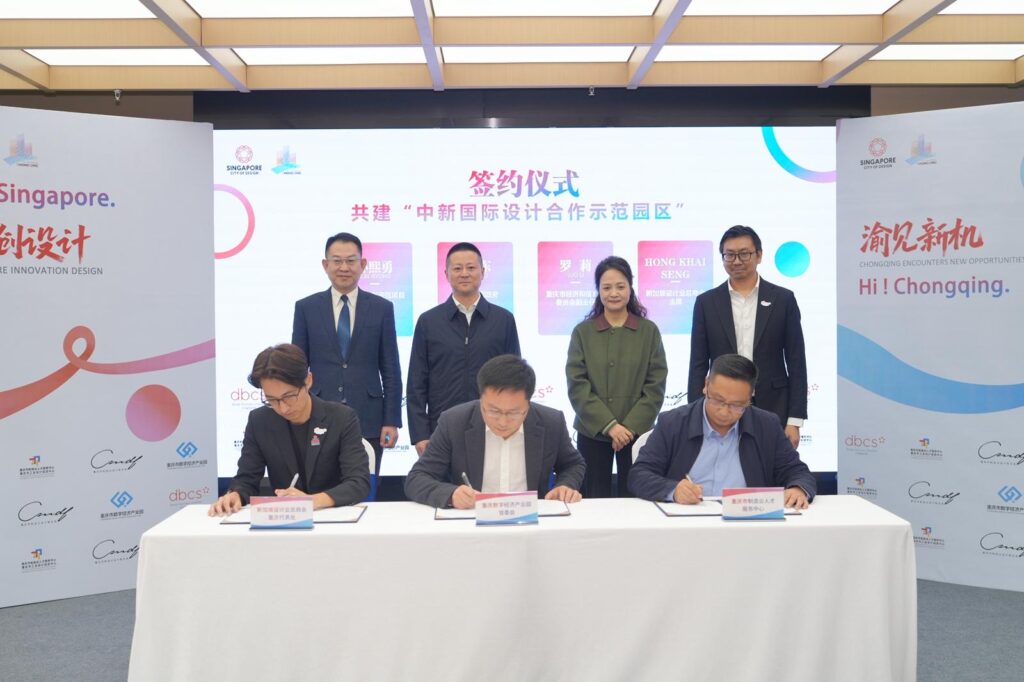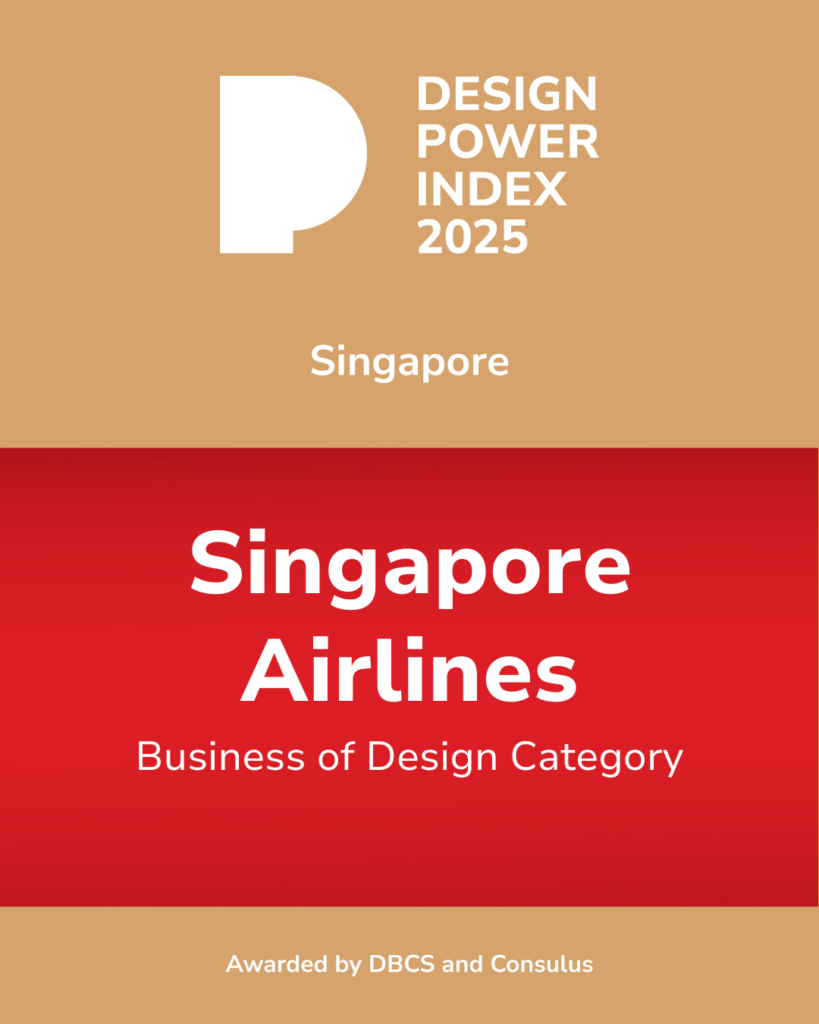The Singapore Visitor Centre Lite (SVC) app, created by the Singapore Tourism Board, enriches visitor experiences and bolsters tourism services through eco-friendly digitisation. Offering intuitive maps and personalised recommendations, the app complements service staff by providing updated information and bespoke itineraries, enhancing overall visitor satisfaction.
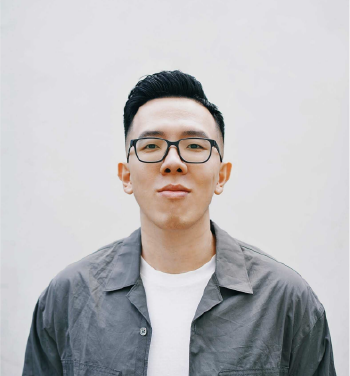
Calvin Ng, UX Designer, Singapore Tourism Board1. How do you stay up to date with digital design trends?
A mentor once told me that a person’s visual diet determines the kind of work that he/she produces. This message resonated with me greatly. She encouraged her mentees to be exposed to as many visual expressions as possible — be it through movies, album art, book covers, or any form of graphic paraphernalia.
Social media is definitely instrumental in the proliferation of digital design trends. It has diversity — which exposes one to a great variety of visual/graphical expressions. Of course, one has to discern whether a certain aesthetic or design pattern is a trend or a fad — that in itself forms a design practitioner’s visual diet.
2. What are the major steps in your creative process?
I will usually start by exploring existing design patterns/systems out there and select what could be appropriate for the project that I’m working on. A lot of it involves laying down some fundamental principles based on what we know about the brand, product, and its users.
Iteration is a time-consuming part of the process. Knowing when a design is “enough” is crucial — otherwise, you’d be iterating for perfection. Having an understanding of when a design is “enough” requires a good understanding of the product and the users.
The testing process will then be a reality check, a manifestation of the “Expectation/Reality” meme. Sometimes, I will be taken aback by how some users interpret my designs — having completely different interpretations against my original intentions. With the feedback that I get from testing sessions with the users, I will then head back to iterate and come up with creative ideas to induce that intended outcome that the product needs.
3. What was the inspiration behind your product/design/idea?
The product was inspired by Pokémon games. One of the key queries that our staff received at visitor centres was the frequency with which visitors sought recommendations on places to visit. Tourists wanted to explore what’s around the area, and other parts of the island. I was immediately reminded of how Pokémon games encouraged that spirit of exploration — how maps can visually show any adventurer the territories and terrains ahead!
I particularly studied how the Pokémon handheld game displayed their maps — an easy-to-understand diagrammatic approach that allows any users to immediately understand where they are at and be able to orientate themselves. We then developed Singapore and all its districts in that format.
Turns out the diagrammatic maps became a hit with most tourists! It proved to be extremely useful — clutter-free, intuitive, and allows tourists to have a quick overview of what’s around them.
3. What was the most difficult moment when developing your idea?
As with every new product, there will be a lot of second-guessing during the initial stages of development. With limited knowledge from research, our team had to make calculated bets and logical assumptions on which paths to proceed with development. It was a difficult moment that we had to navigate, having to constantly juggle between “what ifs” and the unknowns.
Oftentimes, in order to convey insights and understanding about users, we tend to refer to them as a collective group with similar socio-economic, generational traits. While that is convenient and easier to understand, it loses a lot of nuances that are critical to design. A retired couple travelling from London can have entirely different priorities and needs from another retired couple traveller from the Philippines. The cultural context from where they are from, their socio-economic background and their physical condition are some of the factors that will influence the differences between two seemingly similar groups of travellers.
The most challenging part is to figure out how to dissect the pie of user needs that we’d like to address, adopting the appropriate lens that does right by both the user and the business — that is excruciatingly difficult.
4. What are some new things you learned about yourself and the users as you were designing?
On a personal level, I realised that my understanding of the world, the environment around me can be entirely different from others. Over time, that sense of awareness can be lost as I go deeper into my social bubble. It is through talking to users outside of my bubble that I can constantly remind myself of the differing life experiences that different users can have.
I also realised that I am more of a big-picture person through this process. While I do consider myself to be detail-oriented, some users that I spoke to can notice even the smallest detail that I overlooked. On a scale from 1 to 10 in terms of being meticulous, I guess I’m only a 6.5 or 7?
5. What are your future plans?
Being a UX Designer — the freedom to create aesthetically pleasing or eye-catching visuals can be diminished. It is designing based on facts and logical assumptions. I have always been enamoured by this motto — “designing with purpose,” and my current occupation allows me to do it.
Moving into the six-year mark as a UX Designer, a part of me wants to pursue the more creative, emotional, and irrational part of my brain. I would like to explore creating more art and illustration on the side just to balance out what I do in my full-time job.
The pandemic has fuelled this entire mindset shift about living life consciously, having a balance between work and life. My ultimate dream and goal is to work remotely in a different city, preferably in the countryside. The sheer stress of living in a fast-paced city often times can be detrimental to one’s health.
6. What is your design superpower?
Being in a lean team of developers, I have grown to be able to solve problems quickly and creatively.
Oftentimes, we’d have limited resources and short development time to test ideas, ensuring that concepts/features addressed user needs. It is under such limitations that good, fulfilling ideas are born.
7. What is the best part about your job?
Being able to see the world, for a moment, in the shoes of others. It might sound too “airy-fairy,” but it is true! I had the opportunity to speak to many travellers from different countries and different walks of life. A loud-spoken and cheery aunt from Mexico, a bright and optimistic young man from Germany coming to Singapore to work, a wistful old couple from Denmark who wants to revisit all the places in Singapore that he’d been to in the 1980s (e.g. Raffles Hotel) and a geeky couple from London who loved Singapore so much they could tell me about the lesser-known details of Singapore!
I was glad to have met these memorable people and many more through this job of mine. I even made friends with one of them and visited them during my recent trip to Europe as well.

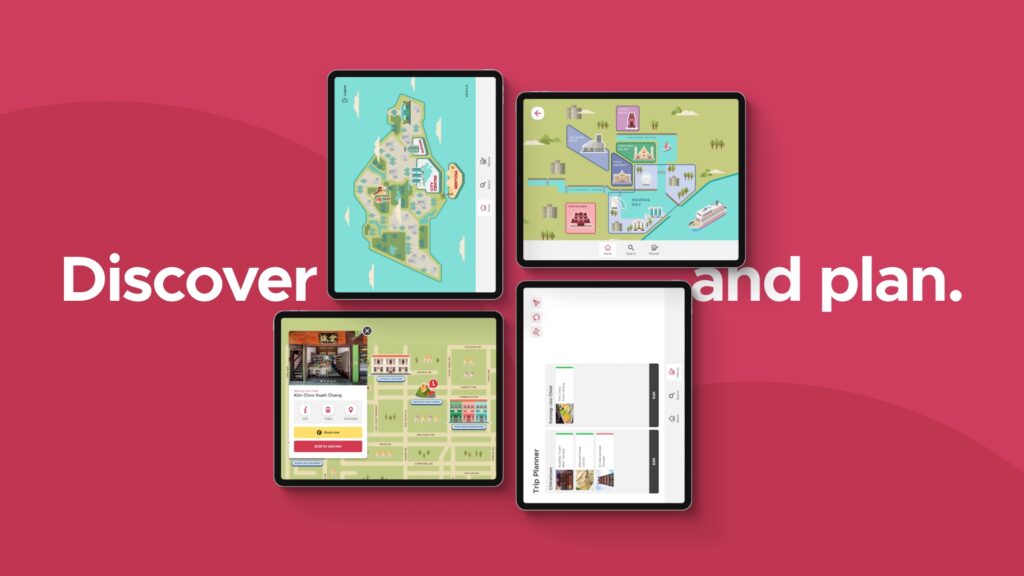

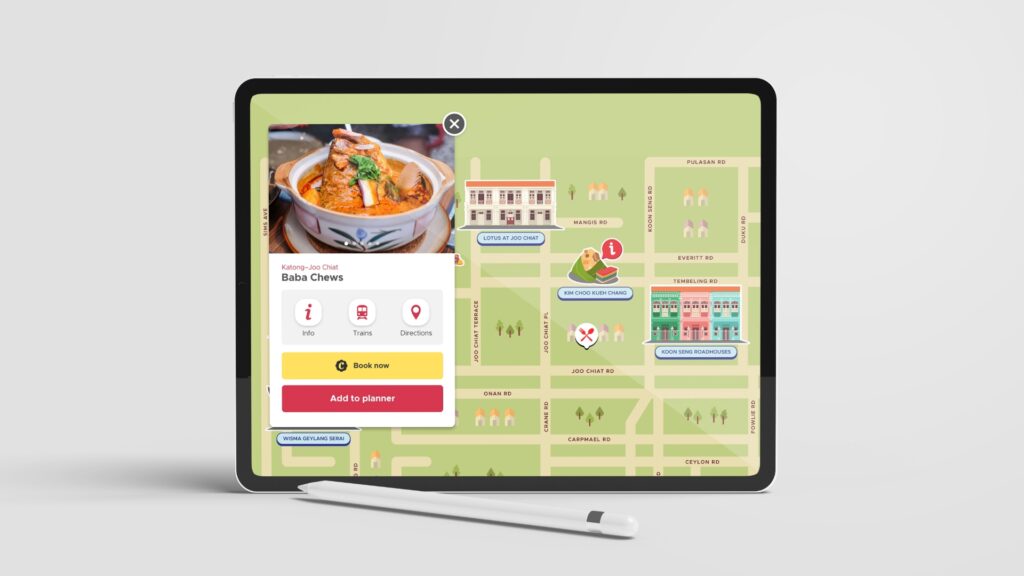
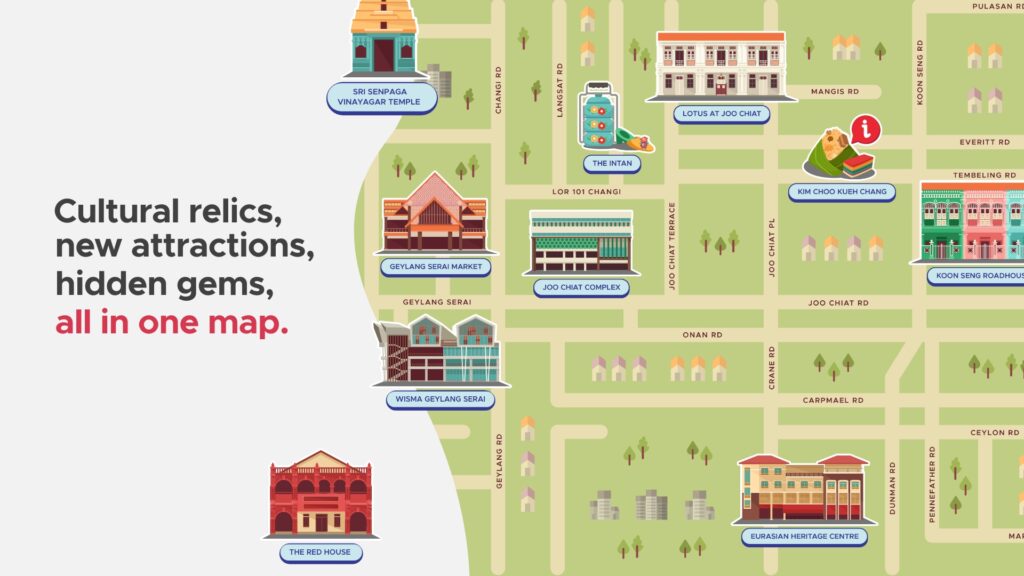

Like what you read?
Follow us on Instagram, Facebook, Linkedin and Youtube to get the latest updates!
Related Post






